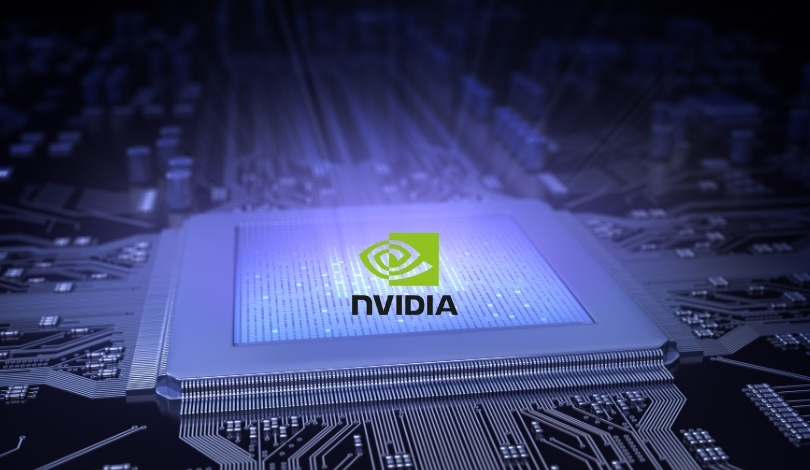Handheld gaming PCs continue to attract attention from both industry leaders and consumers, driven by growing demand for portable entertainment options. Recently, speculation has mounted around Nvidia’s potential expansion into this sector, suggesting the company might diversify its hardware offerings beyond established desktop graphics and cloud gaming initiatives. The increasing popularity of mobile gaming devices could become a strategic opportunity as Nvidia looks to leverage its expertise in graphics technology to compete in a rapidly expanding market.
Nvidia’s history with portable gaming hardware, notably the Nvidia Shield, did not originally achieve broad mainstream success compared to its desktop GPU division. However, renewed rumors suggest Nvidia is developing a new gaming System-on-Chip (SoC) customized for handheld gaming PCs, which would mark a significant return to dedicated portable gaming hardware. Unlike earlier attempts, such an SoC could align more closely with contemporary expectations for handhelds, as the market has been catalyzed by releases like the Valve Steam Deck and ASUS ROG Ally. This shift in strategy reflects changing market conditions and greater demand for high-performance on-the-go devices.
This SoC Could Power New Devices
Details suggest this rumored Nvidia gaming SoC may be tailored specifically for new handheld PCs, enhancing power efficiency while aiming to deliver competitive graphics performance. Analysts believe such a product could address the limitations found in current portable systems. Companies interested in portable gaming might integrate Nvidia’s hardware into branded products that would directly compete with those relying on AMD or Intel chips.
What Competitors Might Respond?
Competitors, including AMD and Intel, already supply processors for an array of handheld gaming devices on the market. The introduction of an Nvidia alternative could prompt shifts in manufacturer preferences or influence future device design. Companies could leverage differing architectures to diversify their hardware catalogs and cater to a broader audience, helping to distinguish devices based on specialized partnership features.
How Could The User Experience Be Affected?
If Nvidia introduces a new SoC, users may see options that blend portability with improved graphics potential, possibly surpassing existing ARM-based platforms in some areas.
“Consumers are seeking gaming experiences that do not compromise on quality, regardless of location,”
said a technology market observer. Battery life, device size, and compatibility with existing PC libraries also remain important factors in shaping user experiences, as manufacturers must balance performance and practicality.
Market analysts have previously speculated about Nvidia’s plans for mobile and handheld gaming but offered only incremental developments tied to streaming and cloud functionalities. Before this, Nvidia’s focus on gaming SoCs leaned towards partners in the automotive or mobile chipset segments, rather than bespoke handheld gaming solutions. Recent rumors represent a notable shift from servicing embedded and licensing businesses to pursing standalone gaming PCs, suggesting a change in both technological focus and business ambition.
Signs indicate Nvidia’s potential move into the handheld gaming PC market could diversify options for manufacturers and consumers, especially if the new SoC leverages the company’s core strengths in GPU technology. Whether Nvidia’s solution can disrupt a sector currently dominated by AMD and Intel will likely depend on device adoption rates, support from third-party developers, and the company’s ability to address challenges in battery management and thermal design. Shifts in the handheld gaming space underscore the importance of continued innovation and competition, which often foster better hardware integration and user-focused features. For consumers, a broader range of technologies may yield devices that better meet diverse needs, while for manufacturers, integrating a competitive Nvidia SoC can open new product pathways and spur further advancements in mobile gaming hardware.










